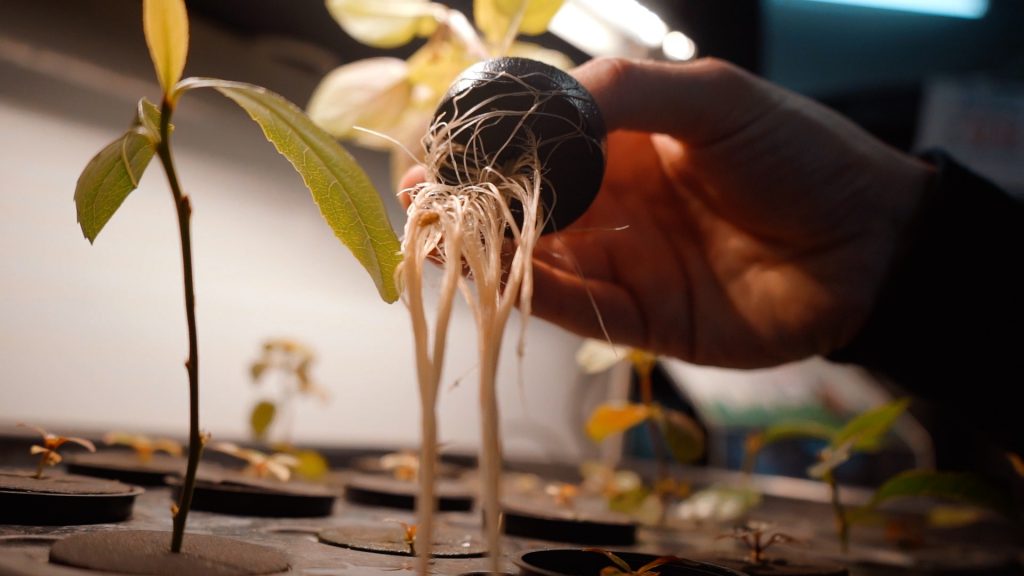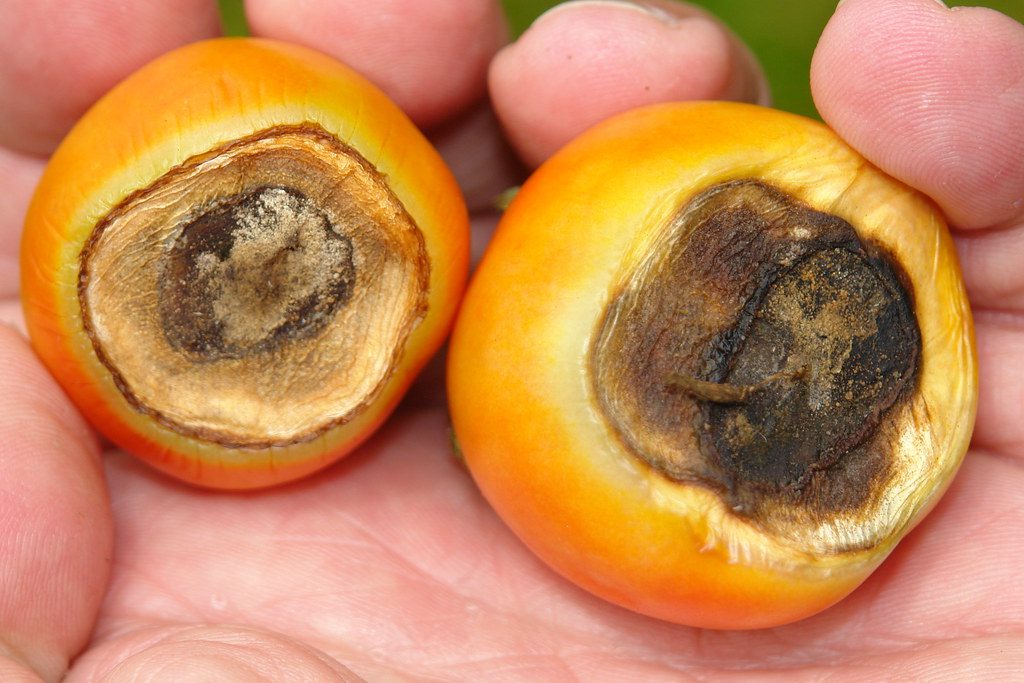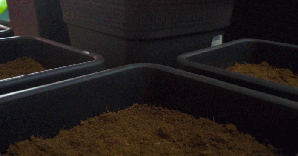Spotting Calcium deficiency in plants: Root, leaves and flowers
Just like human beings, plants are also living organism’s , this means they possess all the characteristics of life and have the same types of requirements in order to survive. Amongst these requirements is nutrition which simply means the ability for an organism to eat or feed, in the real sense plants need nutrients in order to be healthy. Without them, they can become sickly, which effects yield, flavour, size and many other key harvest metrics. But how do plants get their nutrients? With hydroponically grown plants the majority of their minerals are fed through fertilisers and additives but also can naturally be found in soil and coir.
The major nutrients are NPK which is the combination of nitrogen, phosphorus and potassium. Other nutrients like Calcium, Magnesium, and Sulphur are incredibly important to the structure and expression of the plant but may need to be increased through additives at specific points of the growth journey.
Speaking of Calcium, Calcium is a necessary and important element to plants as it is responsible for cell wall rigidity, development of new plant tissues such as leaves (especially young leaves) root tips, shoot tips and plant growth. This is why, many formulas designed for freshly germinated plants, like SHOGUN Start need to have calcium. Unfortunately, calcium can be a little bit of a problematic mineral, as it likes to precipitate out of solution or bind to the media. When this happens, it becomes unavailable for the plant to take up and leads to deficiencies in the plant.
Symptoms of Calcium deficiency in the roots

Root zone health and vigor is very important as this is the portion that helps the plant to provide stability and calcium helps to maintain this. Calcium is transported around the plant via the xylem as appose to the phloem, where most other nutrients are relocated around the plant via. This makes the calcium more immobile and harder for it to reach the places it needs too. Hence why calcium deficiencies are common.
Since Calcium helps in the rigidity of the cell wall, when it is absent the plant’s cell wall starts to weaken and then the system starts to crumble and collapses. Calcium deficiency in plants is first observed at the growing tips of both the roots and shoots of plants.
This deficiency can disrupt root growth and extension which is necessary for secretion of protective mucilage around the root tips. A lack of this protective layer can cause a number of issues, including penetration of root diseases, reduction in mineral uptake and new root proliferation.
Exposure of the root tips to diseases such as pythium amongst others, in plants deficient in calcium often causes root decolouration as the plant tissue starts to collapse, die and necrosis sets in. The plant then can not efficiently uptake the major nutrients needed for healthy growth. The roots would look slimy brown or black at root tips. The outer shealth of the roots easily come away and the roots thems self effortlessly snap and break off.
Calcium deficiency in leaves and stems
Calcium deficiency in plant leaves can show signs of rusty yellow spots, which are sharply masked with a brown edge, most of this decolouration from green leaves occur to young leaves as they feel the impact greatly. The yellowish spot on the plants leaves later turn brown and there is a high risk of stunted growth, the leaves are also prevented from getting enough nutrients from the sun (solar energy) through photosynthesis as the green pigments on the leaves are greatly affected.
Within the first one or two weeks, symptoms of a yellow spot which is very visible and can be easily confused with potassium deficiency. As the deficiency continues young leaves start to curl and young shoots turn purple. This can progress into a gradual death but can lead to a stage of necrosis which is the process of cell tissue dyingBeyond the visible signs there are many internal breakages in the plant that will not be visible to growers, which makes diagnosis tricky. The stems and branches become weak and easierly brake as they become hollow. If the plant is then exposed to heat stress it can start to deuterate and become shocked very easierly. Leaf drop can also occur in a calcium deficient plants due to the interal weaking of the structures and cells.
Calcium deficiency in fruit and flowers


















